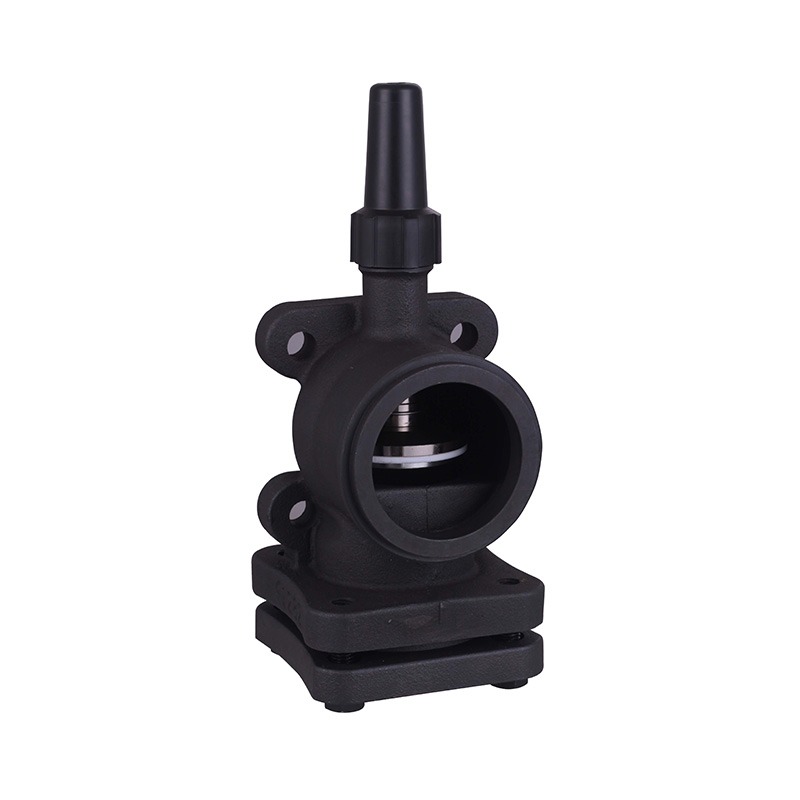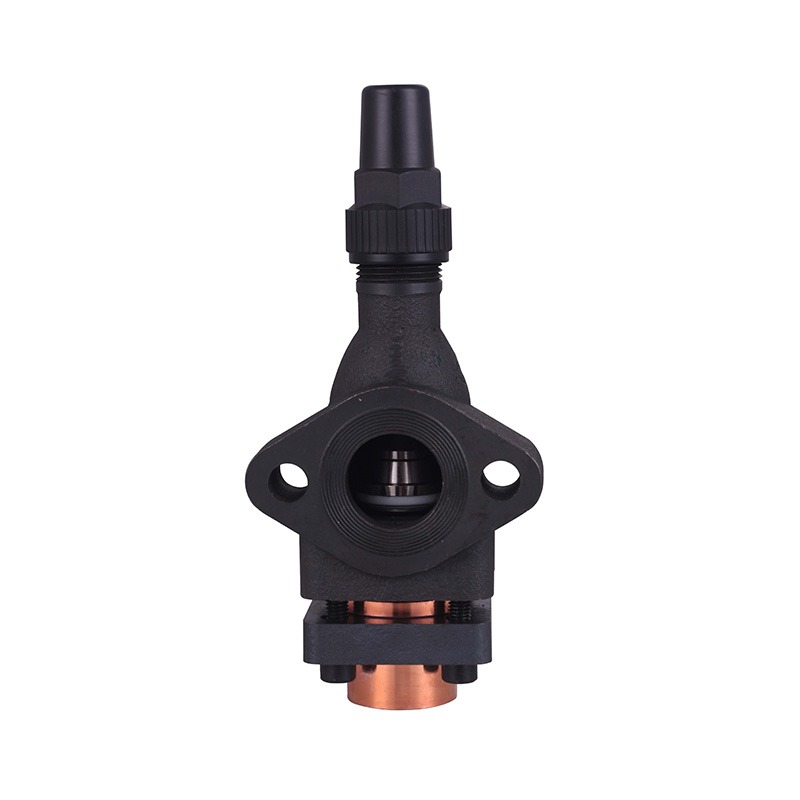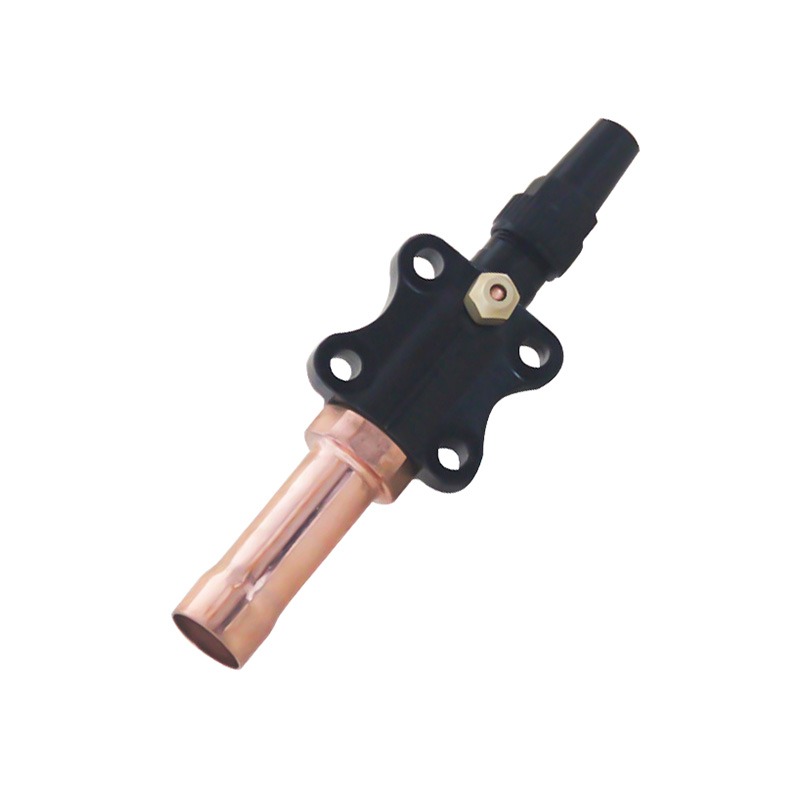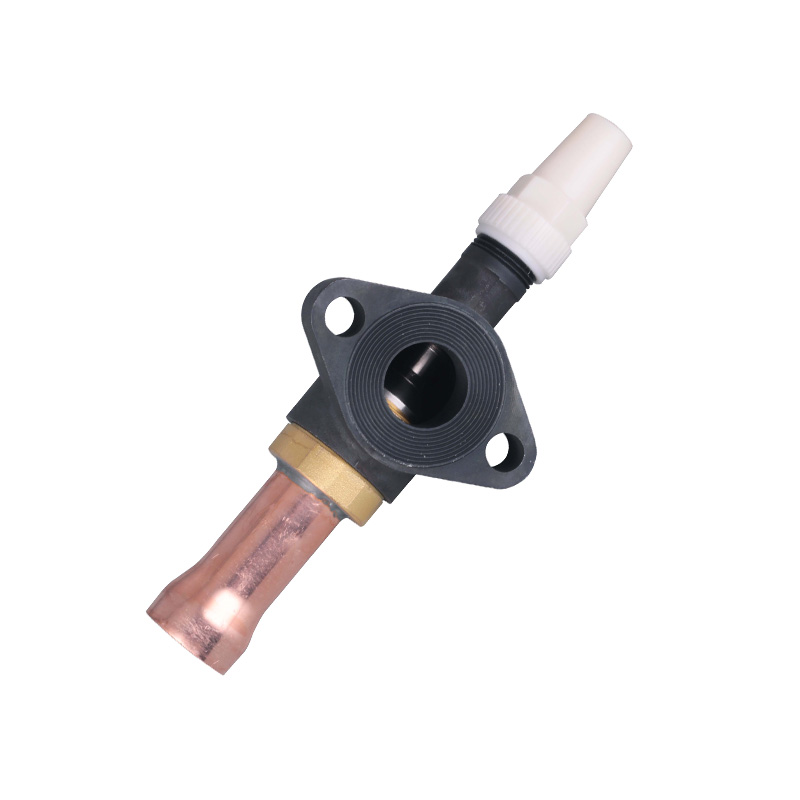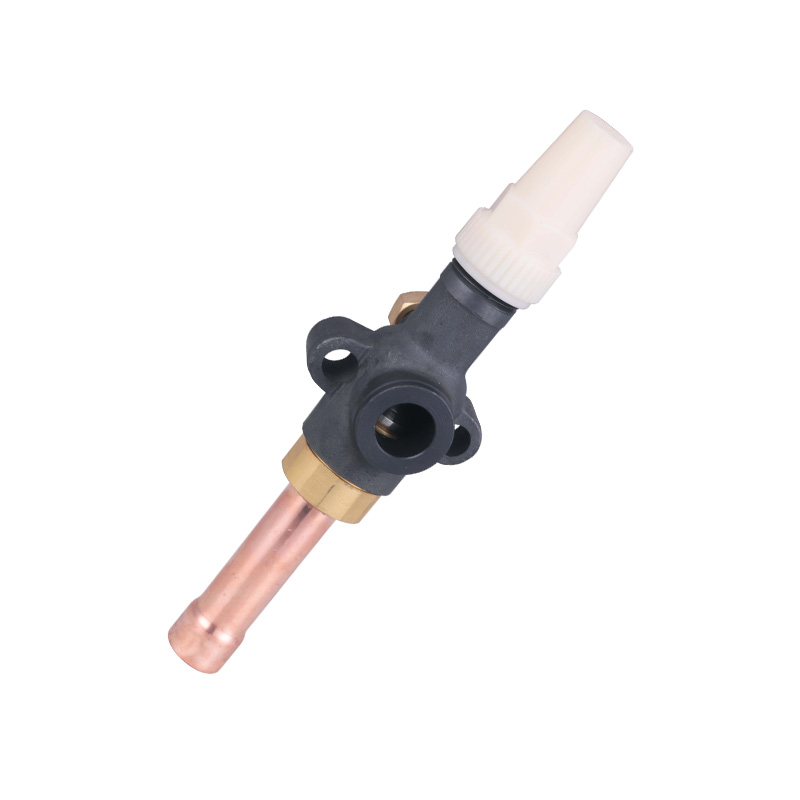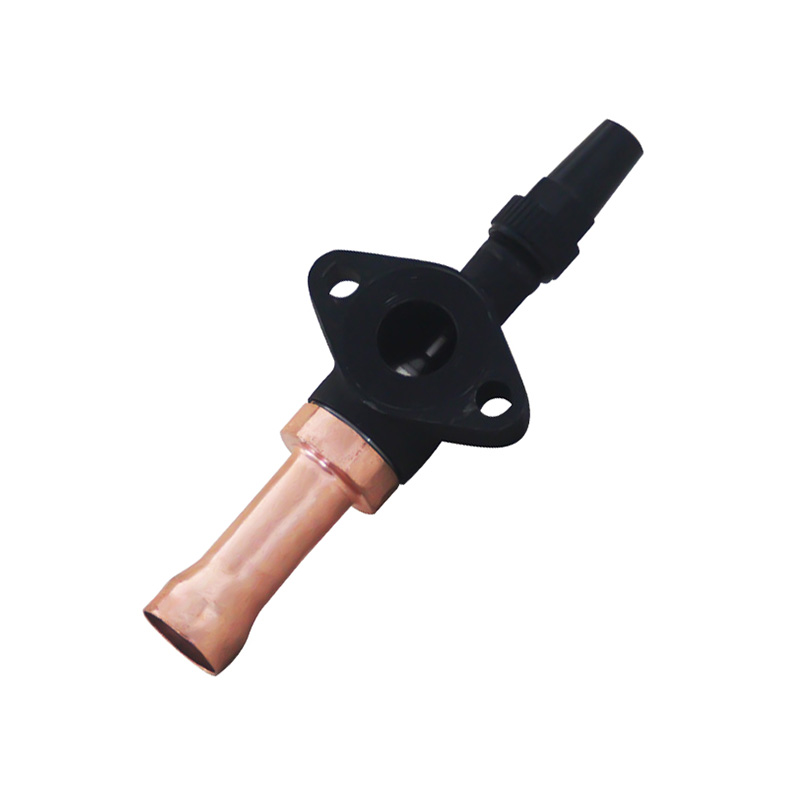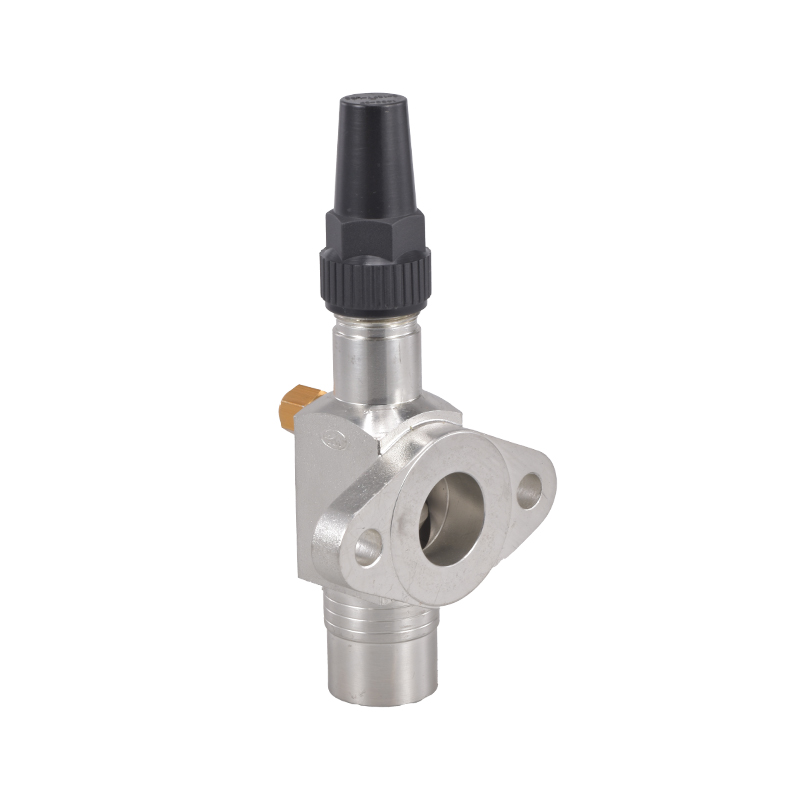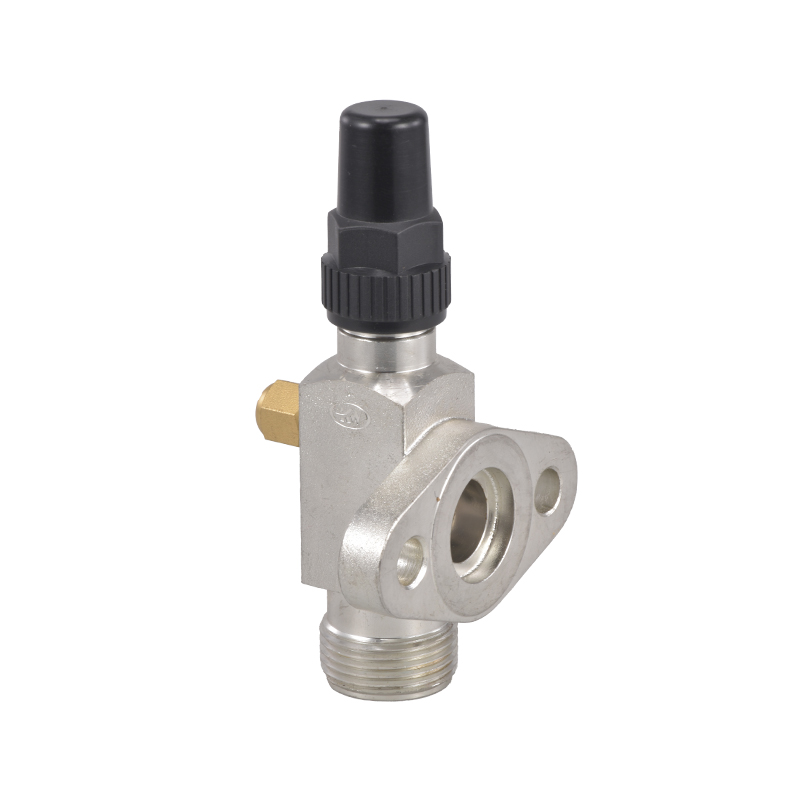The Critical Role of Compressor One-Way Stop Valves in Industrial Systems
 By Admin
By Admin
Understanding the Compressor One-Way Stop Valve
A compressor one-way stop valve serves as an essential component in pneumatic and hydraulic systems, ensuring unidirectional flow while preventing potentially damaging backflow. These specialized valves act as silent guardians within compressor systems, maintaining operational efficiency and protecting sensitive equipment from pressure reversals. Found in applications ranging from industrial air compressors to refrigeration units, the compressor one-way stop valve performs three vital functions: pressure maintenance, backflow prevention, and system protection.
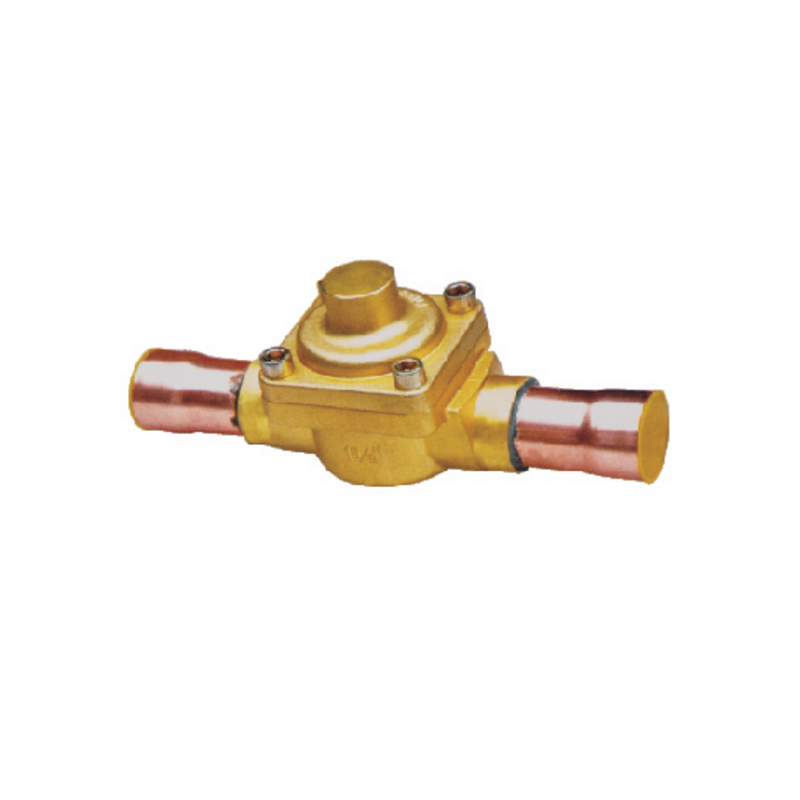
Pressure Regulation and Flow Control
The primary function of a compressor one-way stop valve is to maintain consistent system pressure by allowing media flow in only one direction. This characteristic makes them indispensable in:
- Air compressor discharge lines
- Refrigeration compressor outlets
- Hydraulic power units
- Pneumatic tool supply systems
Unlike conventional valves, the compressor one-way stop valve operates automatically without requiring external controls. Its spring-loaded or swing-type mechanism responds instantly to pressure differentials, opening when upstream pressure exceeds downstream pressure and closing securely when flow attempts to reverse. This automatic operation ensures continuous system performance while eliminating the need for manual intervention.
Modern compressor one-way stop valves incorporate precision-engineered components that minimize pressure drop across the valve, typically ranging from 0.1 to 0.3 bar depending on design and size. This efficiency preservation makes them particularly valuable in energy-conscious applications where every bit of pressure translates to operational cost.
Backflow Prevention and System Protection
The protective role of a compressor one-way stop valve becomes most apparent when examining potential failure scenarios without proper check valve installation. Backflow situations can lead to:
1. Compressor damage from reverse rotation
2. System contamination from media mixing
3. Pressure vessel stress from unexpected pressure spikes
4. Energy waste from repeated re-pressurization
High-quality compressor one-way stop valves feature durable sealing materials such as nitrile rubber, polyurethane, or metal-to-metal contacts designed to withstand thousands of cycles without leakage. Industrial-grade models often incorporate stainless steel bodies for corrosion resistance in harsh environments, while compact versions use engineered polymers for weight-sensitive applications.
In refrigeration systems, the compressor one-way stop valve plays the additional critical role of preventing refrigerant migration during off cycles, which can cause compressor flooding and subsequent mechanical failure. This specific application demands valves with exceptionally tight seals capable of maintaining integrity across wide temperature fluctuations.
Selection Criteria and Maintenance Considerations
Choosing the appropriate compressor one-way stop valve requires careful evaluation of several operational parameters:
- Pressure ratings: Must exceed maximum system pressure
- Flow capacity: Should match compressor output requirements
- Media compatibility: Materials must resist chemical attack
- Temperature range: Must accommodate operational extremes
- Response time: Critical for high-cycle applications
Installation orientation proves equally important, as most compressor one-way stop valves function optimally in specific mounting positions. Horizontal installations may require different spring tensions than vertical configurations to ensure proper sealing. Regular maintenance should include:
1. Periodic inspection for seal wear
2. Cleaning of valve seats
3. Verification of free movement
4. Pressure testing for leakage
Advanced versions now incorporate smart monitoring capabilities, with sensors that track valve performance and predict maintenance needs. These technological enhancements transform the humble compressor one-way stop valve from a passive component into an active system health monitor.
The Future of Flow Control Technology
As compressor systems grow more sophisticated, compressor one-way stop valve technology continues to evolve. Emerging innovations include:
- Nanocomposite seals for extended service life
- 3D-printed valve bodies with optimized flow geometries
- Self-cleaning mechanisms that prevent particulate buildup
- IoT-enabled models that integrate with predictive maintenance systems
These advancements ensure that the compressor one-way stop valve will remain a cornerstone of fluid system design, adapting to meet the demands of increasingly complex industrial applications while maintaining its fundamental protective function.




 English
English русский
русский Deutsch
Deutsch
